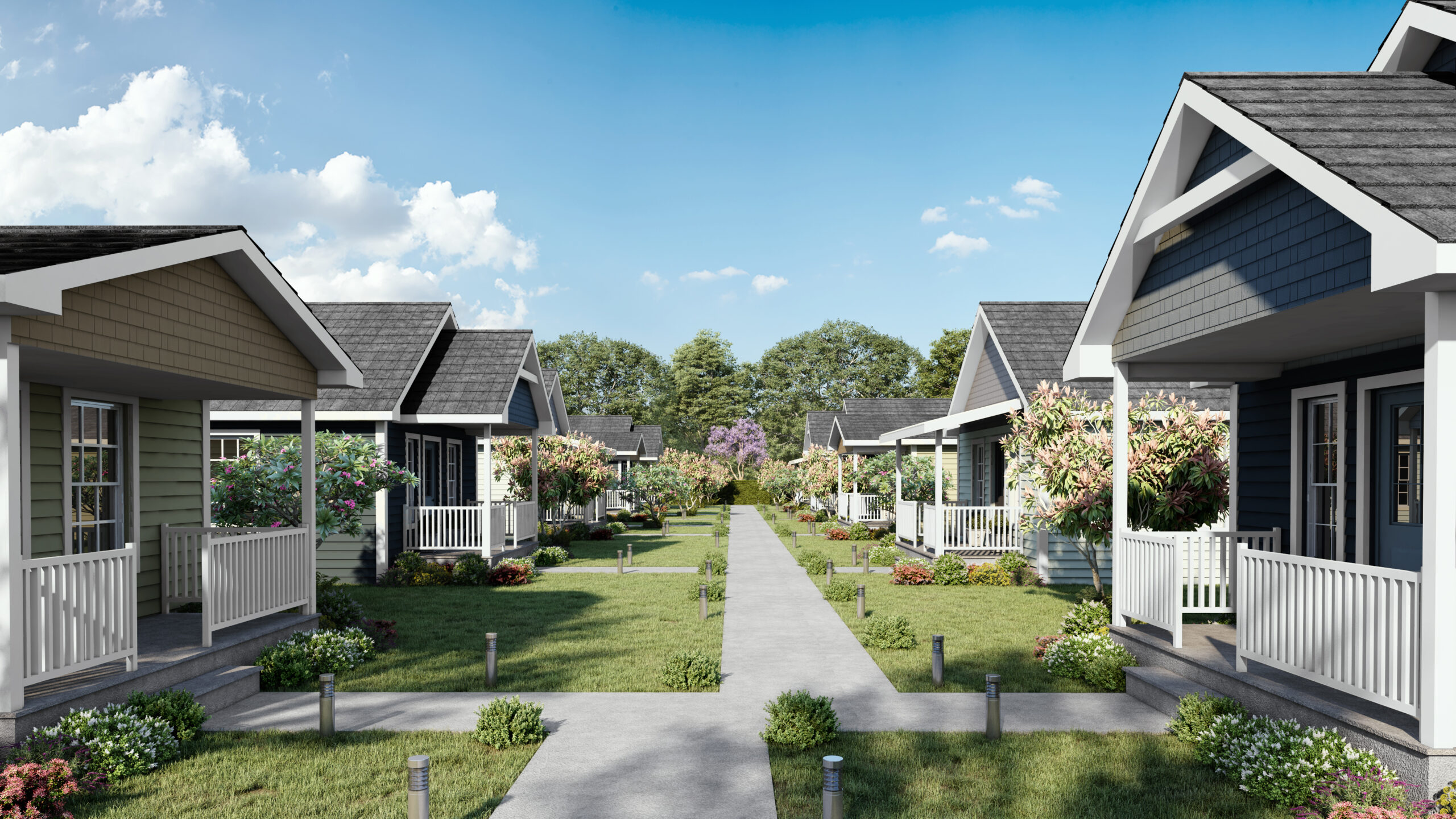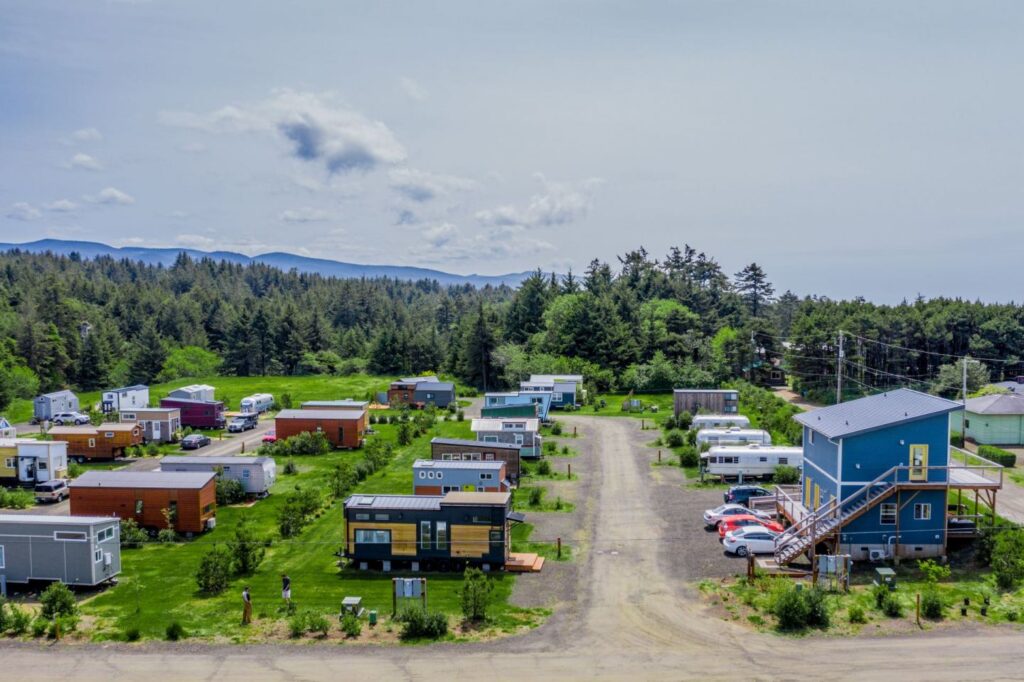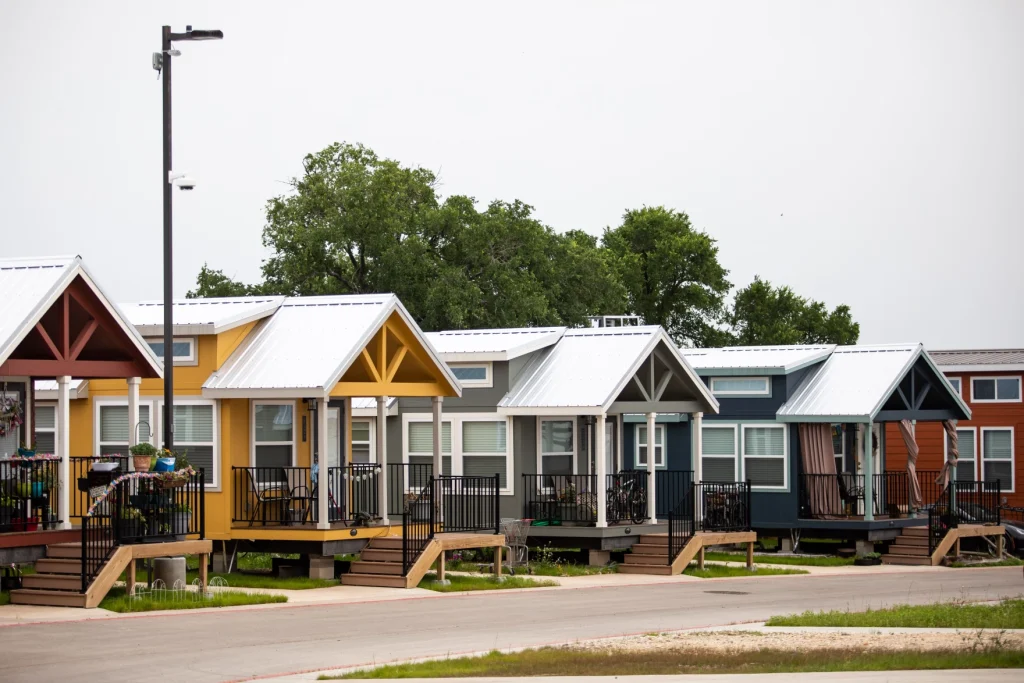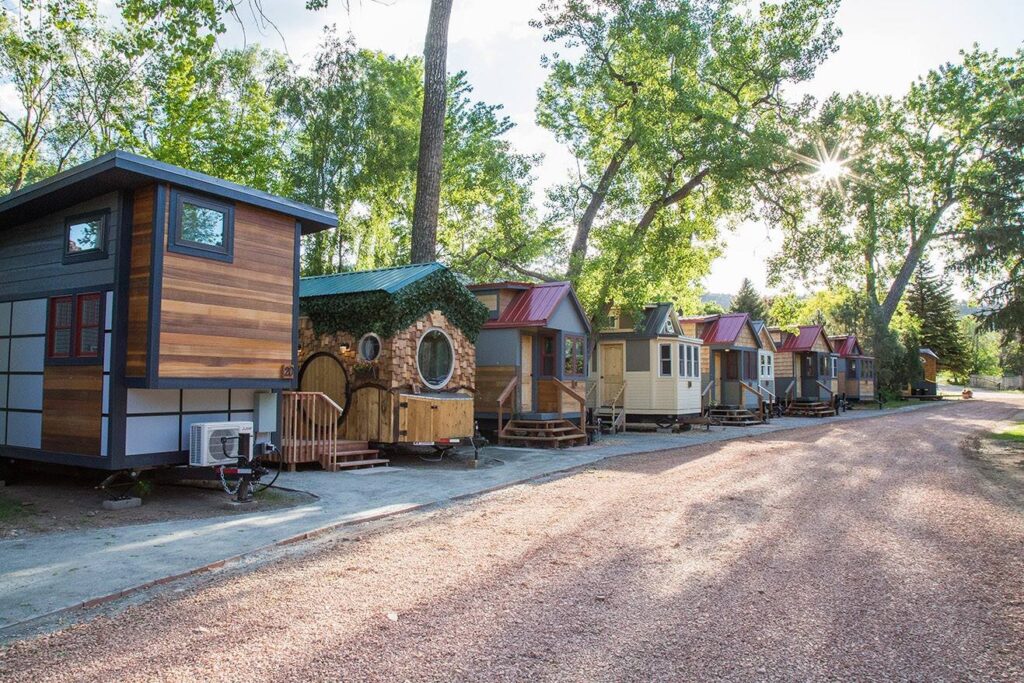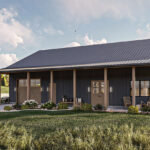Tiny home communities offer an innovative approach to sustainable living and community building. Here’s a recap of the key aspects, benefits, and steps to set up such a community:
Key Aspects of Tiny Home Communities:
- Shared Resources: Communities often feature shared spaces like gardens, kitchens, and recreation areas, fostering cooperation and reducing individual resource consumption.
- Urban Farming: Many communities incorporate urban farming practices, promoting sustainability and providing fresh produce for residents.
- Energy Efficiency: Tiny homes are designed with energy-efficient features such as solar panels and composting toilets, reducing environmental impact.
- Affordability: Tiny homes are generally more affordable than traditional homes, enabling easier entry into homeownership.
Benefits of Living in a Tiny Home Community:
- Sustainability: Residents can embrace eco-friendly practices and reduce their ecological footprint through shared resources and sustainable features.
- Community: Proximity and intentional design foster a strong sense of community, offering opportunities for social interaction and collaboration.
- Flexibility: Tiny homes on wheels provide flexibility, allowing residents to move between communities while retaining the benefits of communal living.
How To Find a Tiny Home Community:
- Online Platforms: Utilize websites specializing in tiny home listings and communities.
- Social Media Groups: Join relevant groups and forums to connect with enthusiasts and gain insights.
- Events and Expos: Attend gatherings where tiny home enthusiasts and professionals converge.
- Consult Builders and Real Estate Agents: Seek guidance from professionals familiar with alternative housing options.
- Local Resources: Check zoning regulations, community boards, and local publications for information.
Setting Up a Tiny House Community:
- Research Regulations: Understand local zoning laws and regulations regarding tiny homes.
- Land Acquisition: Purchase suitable land considering accessibility and infrastructure needs.
- Design and Layout: Develop a master plan for community layout and infrastructure.
- Utilities and Infrastructure: Plan for essential services like water, sewage, and electricity.
- Legal Compliance: Obtain necessary permits and approvals from local authorities.
- Community Governance: Establish guidelines and rules for managing communal spaces and utilities.
- Financing and Funding: Determine financial models and seek financing options.
- Construction and Placement: Develop infrastructure and decide on home placement.
- Marketing and Outreach: Advertise the community to attract potential residents.
- Engagement and Maintenance: Foster community engagement and establish systems for ongoing management and maintenance.
By following these steps and embracing the principles of community, sustainability, and simplicity, you can create a fulfilling living experience in a tiny home community.
Love what you see? Share your home makeover with us and we’ll feature it on our blog.
Email us at info@livinginatiny.com and tell us about your project.
For more tiny home improvement and renovation ideas, click here.
Read Also
Incredible Transformation! Old Water Tank Into A Tiny House
